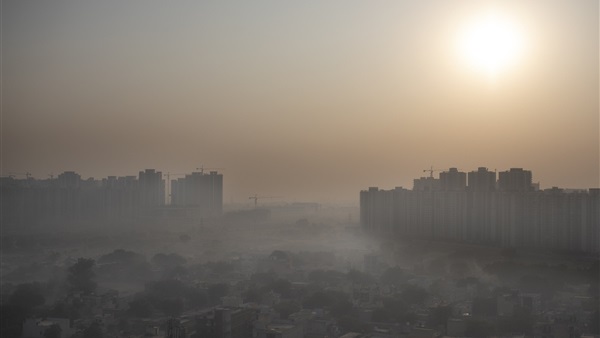Smog returns to Indian capital as agriculture fires start

The Indian capital’s air
quality levels plunged to “very poor” on Friday and a smoggy haze settled over
the city, days after the state government initiated stricter measures to fight
chronic air pollution.
The Air Quality Index in
New Delhi rose past 270, according to SAFAR, India’s main environment
monitoring agency, after agricultural fires in neighboring states sent smoke
billowing across the city. The World Health Organization deems anything above
25 as unsafe.
The national capital,
one of the world’s most polluted cities, enjoyed a respite from air pollution
up until September in part thanks to a virus lockdown. But with industrial
activities resuming and cars back on the roads — along with the onset of cooler
weather and less wind — air quality in the city has once again fallen to
unhealthy levels.
October is also the time
of year when farmers in neighboring regions, including the states of Haryana
and Punjab, set fire to their post-harvest fields to clear them, despite there
being a ban on it.
That smoke travels to
New Delhi, leading to a surge in pollution levels in the city of more than 20
million people and exacerbating what is already a public health crisis.
Health experts say high
air pollution levels over a prolonged period have compromised the disease
resistance of people living in New Delhi, making them more susceptible to the
coronavirus.
Over the years, the
pollution crisis in New Delhi has piled public pressure on the government to
tackle the root causes.
Authorities have often
introduced a system that restricts many private vehicles from taking to the
roads for two weeks. It has also ordered firefighters to sprinkle water from
high-rise buildings to settle the dust, tried to snuff out garbage fires and
ordered builders to cover construction sites to stop dust from enveloping the
area.
But the problem
continues to persist.
During peak pollution periods
last year, air pollution levels in New Delhi sometimes soared even off the
measurable scale. A dark yellow haze blanketed the city for several days,
forcing schools to close and flights to be diverted.
The Indian Agricultural
Research Institute says it has developed a microbial liquid solution that
softens crop stubble and turns it into compost, thus ruling out the need to
burn the agricultural crop.
The watery solution is
made of four capsules that cost a little less than half a dollar and can be
used for the rapid decomposition of crop residue.
K Annapurna, a senior
scientist at the public institute, said the solution can help with pollution
levels while at the same time retaining the essential nutrients in the soil
that are otherwise damaged when the residue is burned.
Anumita Roychowdhury,
executive director at the New Delhi-based group Centre for Science and
Environment and an air pollution expert, said that ensuring millions of farmers
across multiple Indian states have timely access to the microbial solution will
remain a challenge.
Roychowdhury also said
India needs to have a certain preparedness in the health care sector because
the upcoming winter season and toxic air will exacerbate respiratory problems
in people.
“Our health care system
will also have to respond adequately,” she said.





